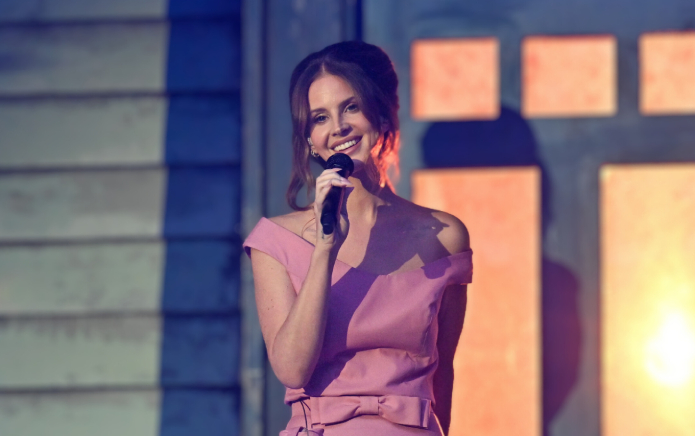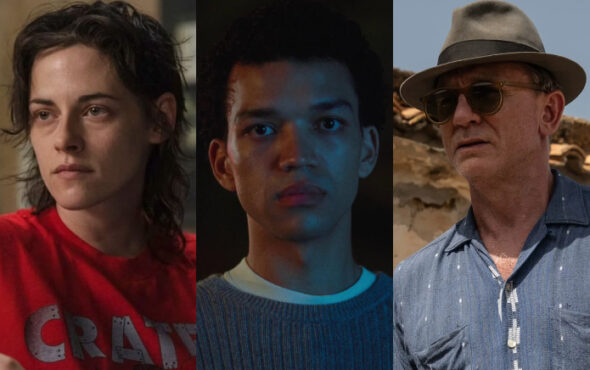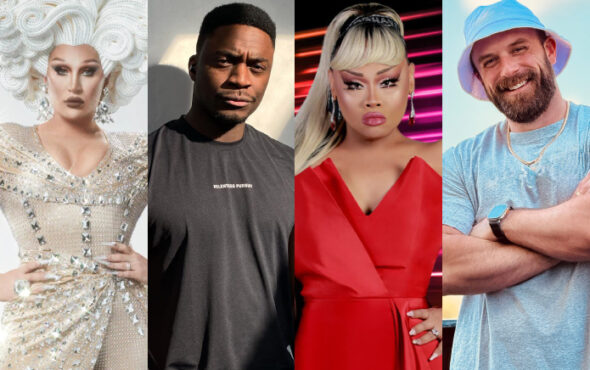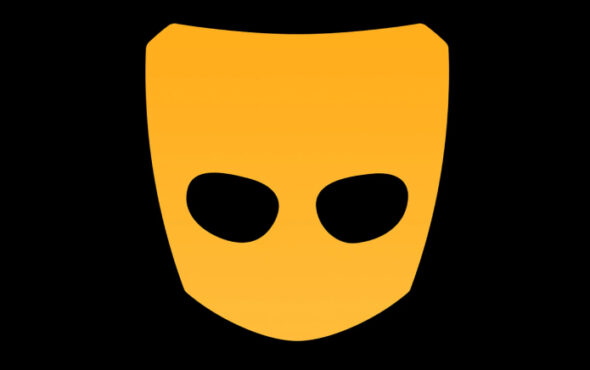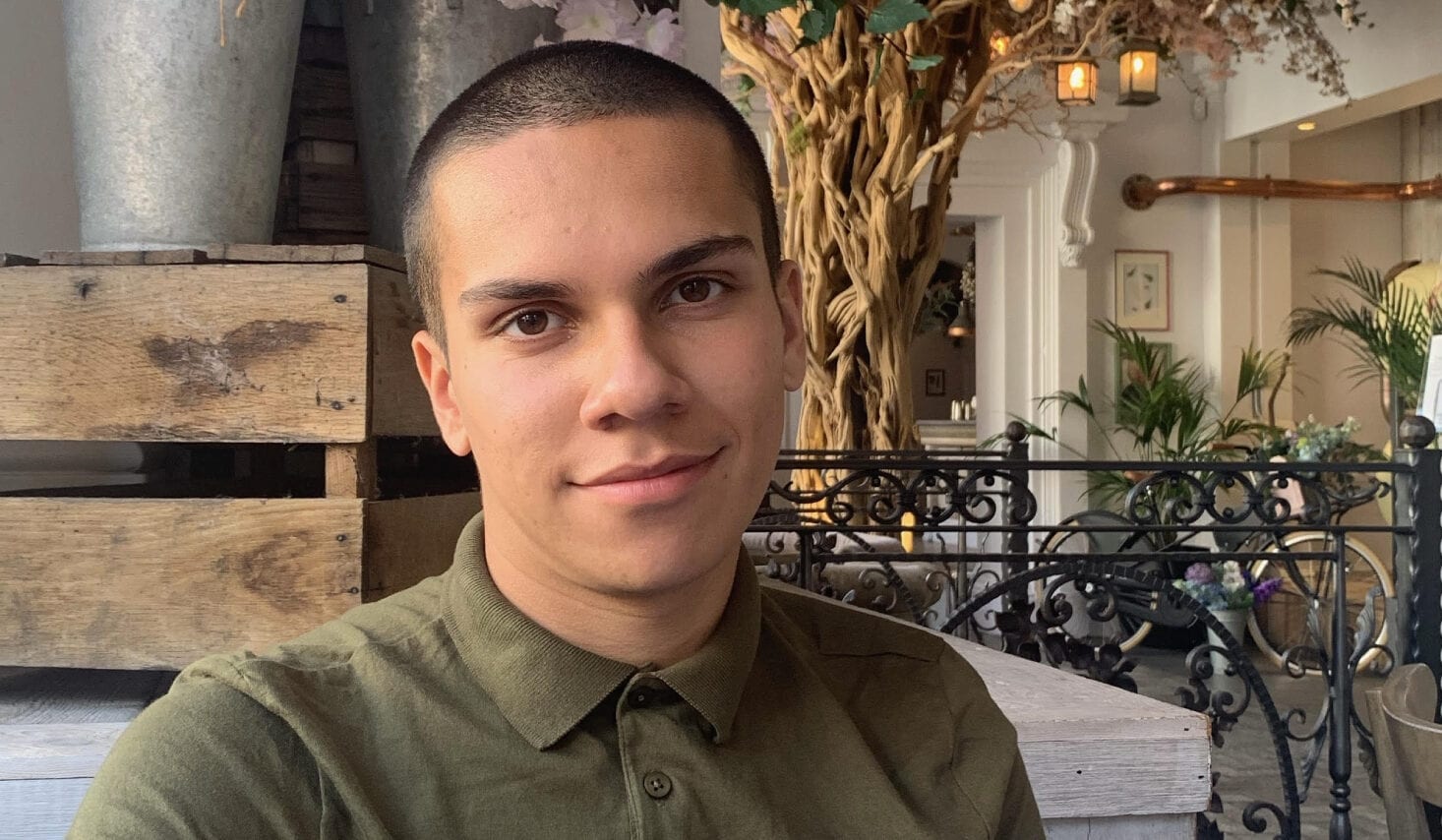
Many LGBTQ+ people, such as myself, have early memories of what led us to question our sexual orientation or gender identity. The earliest example that I have of being confronted with the idea of being a gay man is the representation of gay couples in Hollyoaks when I was about thirteen. I remember seeing a concerned John-Paul call his boyfriend Ste “sweetheart” and feeling confused – I had been trying to ignore my thoughts about other boys at the time, but here were two men on my television, loving each other in the same way as my parents, my grandparents and my friends at school who were in relationships.
Despite this representation, I carried on pushing away these feelings about boys for a few years before I actually came to terms with being gay. Seeing gay couples on the television was helpful, but it wasn’t realistic enough for my thirteen-year-old self to feel safe enough to be himself in school. That boy was being taught different things about being gay by those around him – his peers thought it was an embarrassing trait to hold, his school never really addressed it, and, when they did, it was about sex. I needed to be taught that falling in love with other boys was normal, but in sixteen years of education, I wasn’t.
Luckily, when I did eventually come to terms with my sexuality at sixteen, my family and friends were the safety net that I had hoped that they would be growing up. At this age, social media helped me to learn about gay culture and the idea of normal gay relationships. These online spaces made me realise that there were other boys who felt the same way that I did, many of whom were in relationships, and even shared the interests that I had in pop music and pop culture. Of course, I had to accept being gay outside of my phone too, but knowing that there was a safe space for me there was so reassuring. Social media shouldn’t be the only place where LGBTQ+ young people can find comfort, though, particularly as it can easily be unsafe for vulnerable young people.
Something that helped me when navigating my sexuality outside of school was when I began training for athletics; this is a sport that I started in as a young, insecure thirteen-year-old boy, and continue training for today with more confidence and self-awareness than I could ever have imagined having at that age. Athletics has always offered a space for me to be myself, and I can’t imagine where I would be otherwise.
We all needed a School Diversity Week growing up, and I hope that, moving forward, every young person is given the opportunity to celebrate it.
Even though I’m grateful for having had social media and sport growing up, it also highlights that young LGBTQ+ people like myself have often had to seek out places that can compensate for the support that they aren’t receiving elsewhere, such as in schools, which is where most of their time is spent. School should be – for six hours a day, and most of the week – somewhere that makes every young person feel comfortable to be themselves. Just Like Us, the LGBT+ young people’s charity, are working towards making this happen for more young people across the UK with School Diversity Week.
School Diversity Week helps to show support for LGBTQ+ people in primary schools, secondary schools and colleges. For me, having a School Diversity Week when I was younger would have meant that seeing those gay couples on my television wouldn’t have led to questions, but instead would have been an affirmation of what I already knew – that I didn’t need to push my feelings away anymore. Being gay is normal.
If you work in a school or college, have a child in education or you’re a student yourself, then I urge you to sign up. It’s free and your school or college will get access to resources that can be used to make your school curriculum more inclusive and help to educate young people on being LGBTQ+ allies. We all needed a School Diversity Week growing up, and I hope that, moving forward, every young person is given the opportunity to celebrate it.
For more information about Just Like Us and their incredible work supporting LGBTQ+ youth, visit their website.
